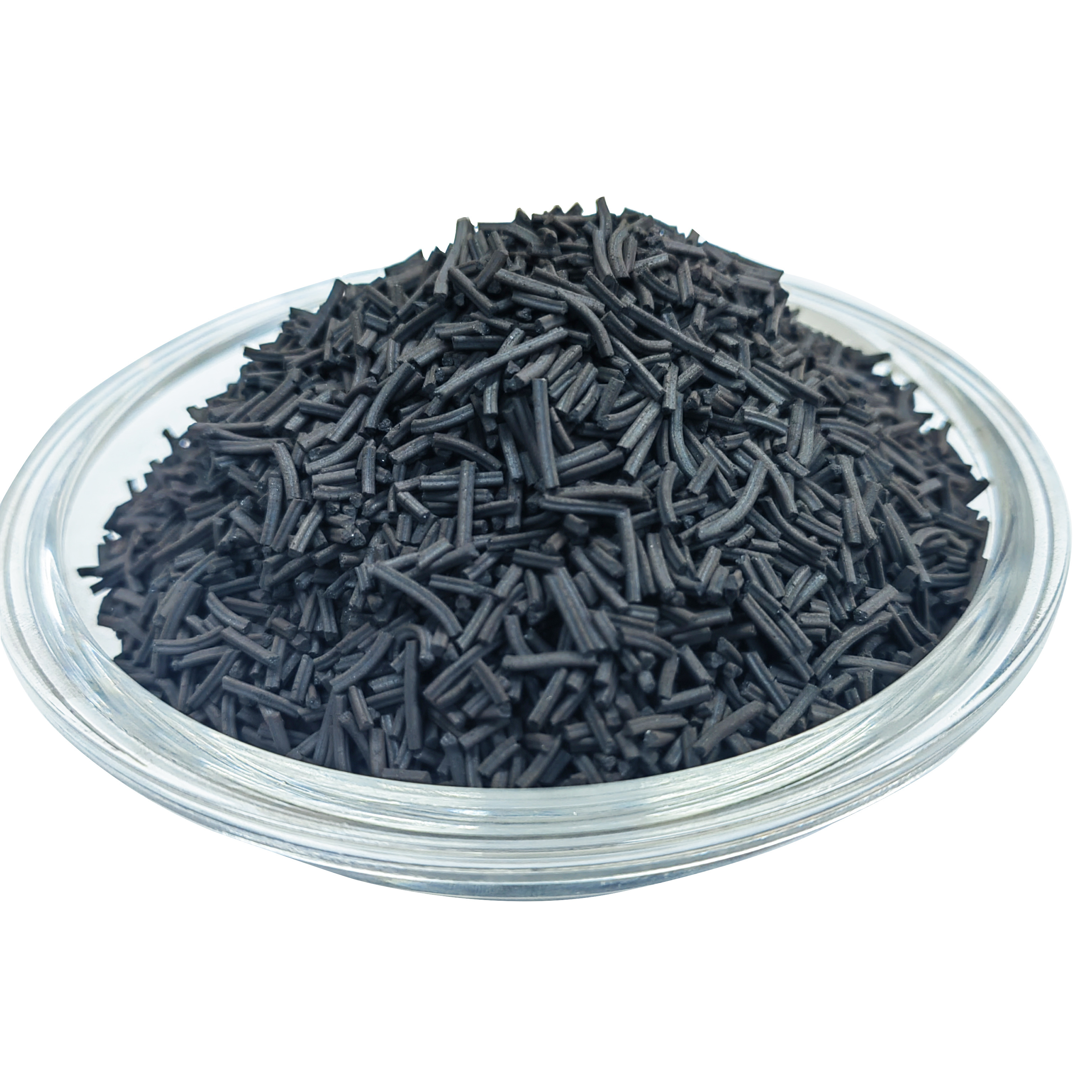The working process of ozone decomposition catalyst
The working process of ozone decomposition catalyst is based on the principle of catalytic oxidation. The specific process is as follows: Ozone gas enters the catalyst bed under the action of the power system, and is instantly decomposed into non-toxic oxygen through the nano-active sites on the inner and outer surfaces of granular or columnar catalysts (particle size 3-4mm) with high specific surface area (≥800-1100m²/g). The purification process consumes zero energy (only requiring fan power) and no chemicals. Under high humidity conditions, it is necessary to first pass through a gas-liquid separation or dehumidification device, and then heat the gas to 50-80°C for pretreatment to inhibit moisture accumulation and improve catalyst stability. In practical applications, the gas needs to be uniformly introduced into the catalyst surface to avoid short-circuit air leakage. Usually, 2-4 layers of catalytic nets are set, with a recommended space velocity of 10000-50000h⁻¹ and residence time of 0.08-0.36s, ensuring a purification efficiency of ≥95-99.9% and residual ozone at the outlet can be lower than 0.1ppm.
Regarding heat generation, a large amount of thermal energy is released during ozone decomposition. For example, when high-concentration ozone comes into contact with the catalyst, the heat released by the reaction can heat the ozone gas to be treated, causing the high-temperature ozone to pre-decompose. After the concentration decreases, it fully reacts with the catalyst to form oxygen, resulting in a cyclic utilization of thermal energy without the need for additional auxiliary heating.

Related News

TOP



